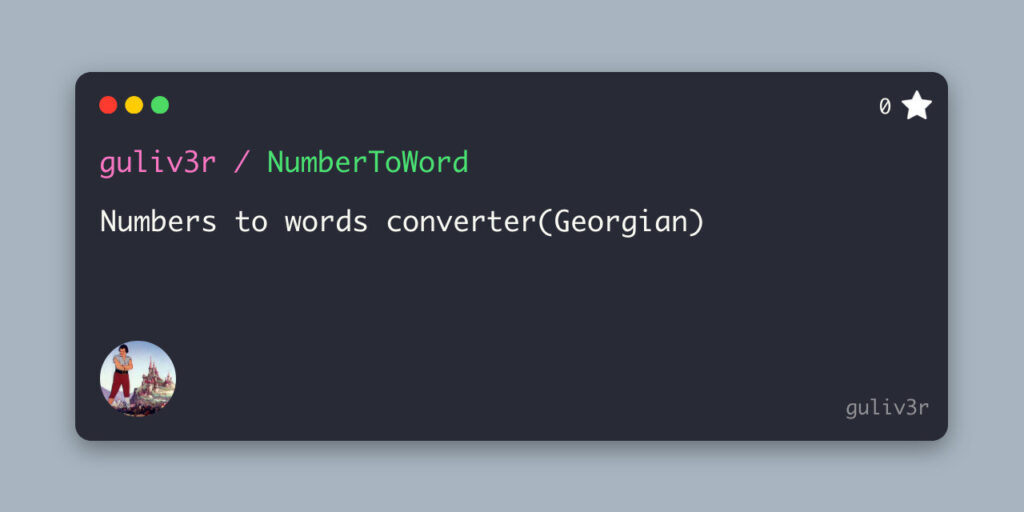
აქ დავწერ თუ როგორ უმოკლეს დროში დავქოქოთ ლოკალში ვებ სერვერი. ამისათვის დაგვჭირდება Fedora-ს დისტრო.
ვხსნით ტერმინალს და შევდივართ რუთით:
su
ვაყენებთ აპაჩის:
yum install httpd
ვაყენებთ mysql სერვერს:
yum install mysql-server
ჩართეთ mysql სერვერი
service mysqld start
ამ ბრძანების შედეგად ჩვენი აპაჩი ჩაირთვება ავტომატურად სისტემასთან ჩართვისთანავე.
chkconfig --levels 235 mysqld on
ვქმნით mysql-ში root მომხმარებელს, ყველა პრივილეგიით.
mysqladmin -u root password 'თქვენი პაროლი'
ან შეგვყავს შემდეგი ბრძანება და ახლიდან ვაკონფიგყრებთ mysql-ი-ს root მომხმარებელს
mysql_secure_installation
ვაყენებთ php-ის
yum install php-mysql
შევდივართ: var/www/html და ვქმნით რამე php ფაილს php-ის დასატესტად და ვარესტარტებთ აპაჩის:
service httpd restart
ვაყენებთ phpmyadmin-ს
yum install phpmyadmin
შევდივართ /etc/phpmyadmin/ და ვარედაქტირებთ მანდ ფაილს. მანდ გაწერს sql-ის იუზერს და პაროლს, და თქვენი phpmyadmin-იც ამუშავდა.






